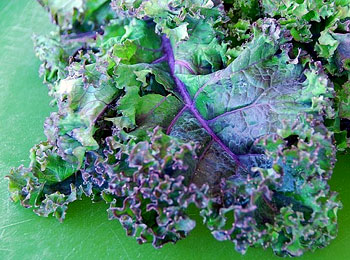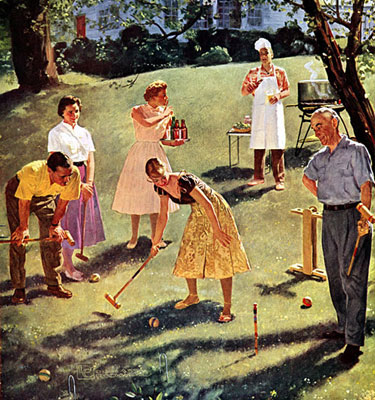 Now that the fall has given way to colder weather, enjoying winter’s chill outdoors requires a well-insulated coat and good gloves. Indoors, the kitchen fights back the cold with a hot oven and good food ready to eat. The best winter food comforts our spirits and nourishes our bodies. Nothing does that better than a roasted vegetable salad.
Now that the fall has given way to colder weather, enjoying winter’s chill outdoors requires a well-insulated coat and good gloves. Indoors, the kitchen fights back the cold with a hot oven and good food ready to eat. The best winter food comforts our spirits and nourishes our bodies. Nothing does that better than a roasted vegetable salad.
In summer, a ripe tomato salad mixed with peppery arugula leaves and bits of salty, creamy Bulgarian feta can be a meal in and of itself. When the weather cools and a weakening sun denies farmers the heat they need to grow nature’s leafy wonders, we still hunger for salads but now it’s time to look to hearty greens and root vegetables to satisfy that craving.
In winter, walking through the local supermarket’s fresh produce section, it’s easy to believe we live in a one-season world. Vegetables and fruit that require summer’s heat are stacked high in the bins. But one taste and it’s easy to tell, these delectables have been grown out of season or traveled long distances to reach our tables.
Root vegetables like celery root, beets, turnips and potatoes grow well in the colder months. When roasted, their starches convert into sugar, coaxing the best out of these subterranean gems.
 About 6 weeks ago my friend Mary, emailed me to say that her blood oranges from her tree(yeah-she has a tree) were almost ripe and wanted to drop some off for me to enjoy. I was elated and anxiously awaited the bag.
About 6 weeks ago my friend Mary, emailed me to say that her blood oranges from her tree(yeah-she has a tree) were almost ripe and wanted to drop some off for me to enjoy. I was elated and anxiously awaited the bag.
 Now that the fall has given way to colder weather, enjoying winter’s chill outdoors requires a well-insulated coat and good gloves. Indoors, the kitchen fights back the cold with a hot oven and good food ready to eat. The best winter food comforts our spirits and nourishes our bodies. Nothing does that better than a roasted vegetable salad.
Now that the fall has given way to colder weather, enjoying winter’s chill outdoors requires a well-insulated coat and good gloves. Indoors, the kitchen fights back the cold with a hot oven and good food ready to eat. The best winter food comforts our spirits and nourishes our bodies. Nothing does that better than a roasted vegetable salad. It happens every week. As I'm selecting my Swiss chard, kale, or collards, someone inevitably sidles up to me and asks, "What do you do with that?" Then after I share a recipe idea, she usually follows up with, "To me, they're all the same."
It happens every week. As I'm selecting my Swiss chard, kale, or collards, someone inevitably sidles up to me and asks, "What do you do with that?" Then after I share a recipe idea, she usually follows up with, "To me, they're all the same." I swear I have no idea what has come over me. I have been cranking out loaves in epic proportions. It's almost as if the loaf pans were on the counter and I just kept using them. Okay, that's really what happened.
I swear I have no idea what has come over me. I have been cranking out loaves in epic proportions. It's almost as if the loaf pans were on the counter and I just kept using them. Okay, that's really what happened. 
